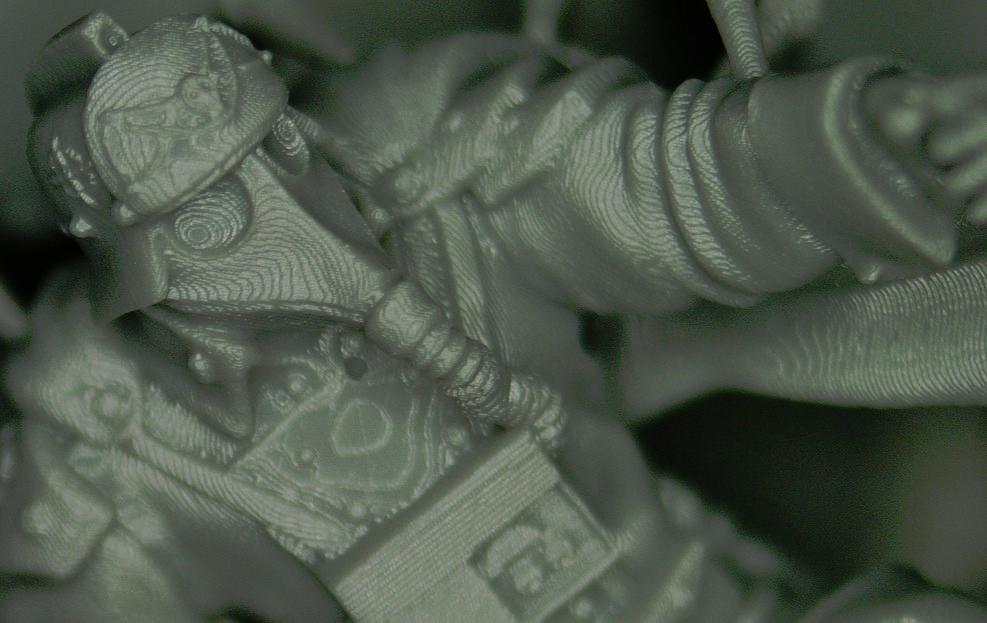I am trying to print a very thin casting mould. Once printed, I then pour an epoxy resin mix into the printed void. After curing the resin and demoulding, the final product is a mesh/web-like set of channels. The aim is to make these channels (aka the void) as thin as possible.
With lots of careful adjustments, I have succeeded in making these channels approx 0.4 mm thick with an FDM 3D printer and a 0.15 mm nozzle diameter.
However, I'd like to go thinner. I have little experience with resin 3D printers. I often see an XY resolution advertised of 0.05 mm. Does anyone have any experience printing extremely thin voids - and if so - what is the minimum reliable void thickness that a well-tuned resin printer could achieve in relation to the XY resolution?
i.e. a 0.05 mm XY resolution (aka pixel size) might equate to a reliable void thickness of quadruple the XY resolution i.e. 0.2 mm? If I attempted to print two sides of a box with only a single pixel gap in between these two walls, would there be lots of overlap and cured regions in the middle where light leaks and therefore cures in the intended void space?

